Decoding Business Dress Codes To Help You Choose The Right Work Uniforms
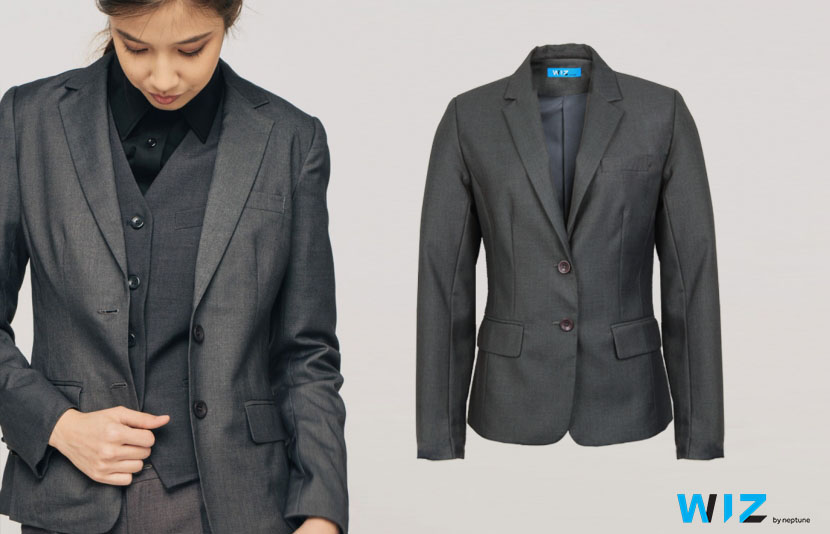
It is common for businesses to impose a dress code on their employees for reasons such as exuding an image the company wants and increasing professionalism in the workplace. However, such dress codes can be confusing for employees as they may be unsure of what is allowed and what is not. Hence, it may be a good idea to provide them with work uniforms to make the process easier.
In this article, we will be decoding dress codes most businesses adhere to so companies can make better decisions when choosing work uniforms for their employees.
1. Business formal
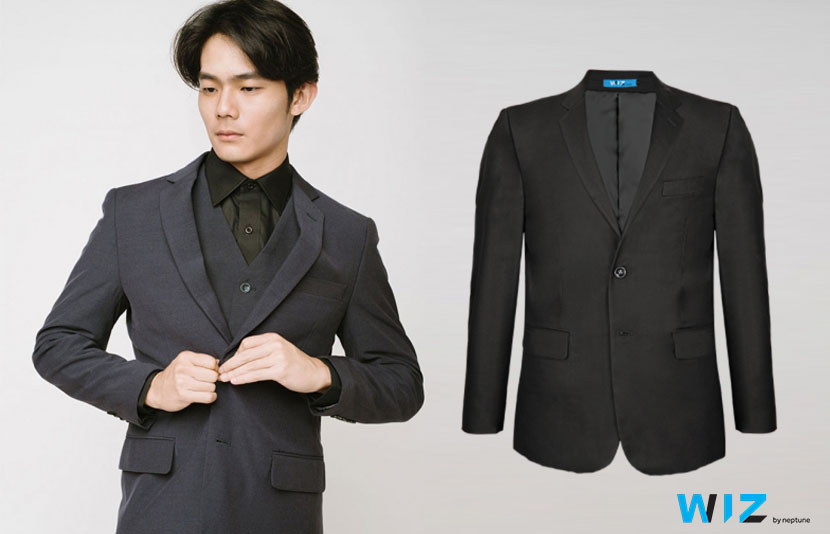
Business formal is the highest level of professional dressing and is often required of staff who hold high-level positions. This means wearing collared button-up shirts and tailored suits with a tie for men, and a pantsuit with heels for women.
For instance, if your business specialises in the luxury industry or hospitality then business formal is the dress code for work uniforms. Employees will look smart and professional - two things you want your company to be associated with.
2. Business professional
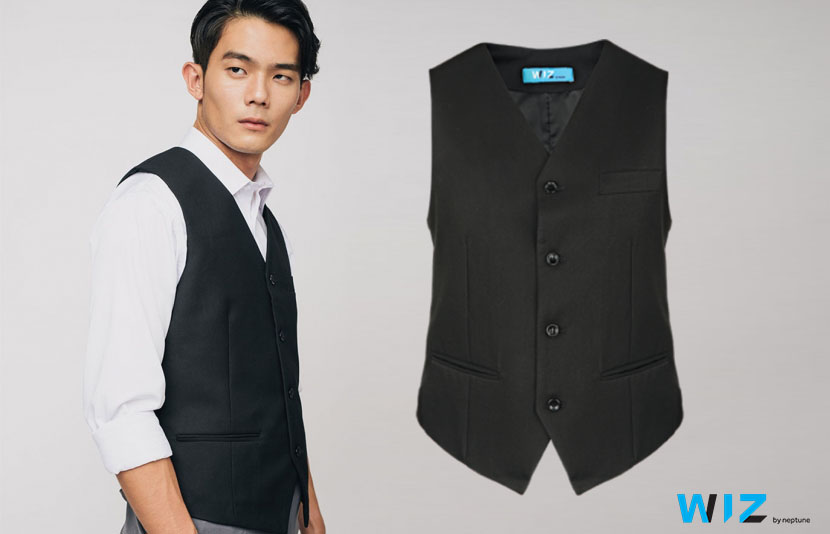
While the business professional dress code is a step down from business formal, it is still something to consider as it gives off a neat outlook that will make your employees look dependable - especially great if your business emphasises on providing the best service.
For example, managers of food and beverage businesses who are in charge of front-of-house operations can wear custom-made workwear such as suit jackets, button-up shirts and dress pants. The brand colours can also be subtly incorporated through the buttons and hems to improve brand recognition as business professional outfits do not always have to conform to the mundane all black and grey.
3. Business casual
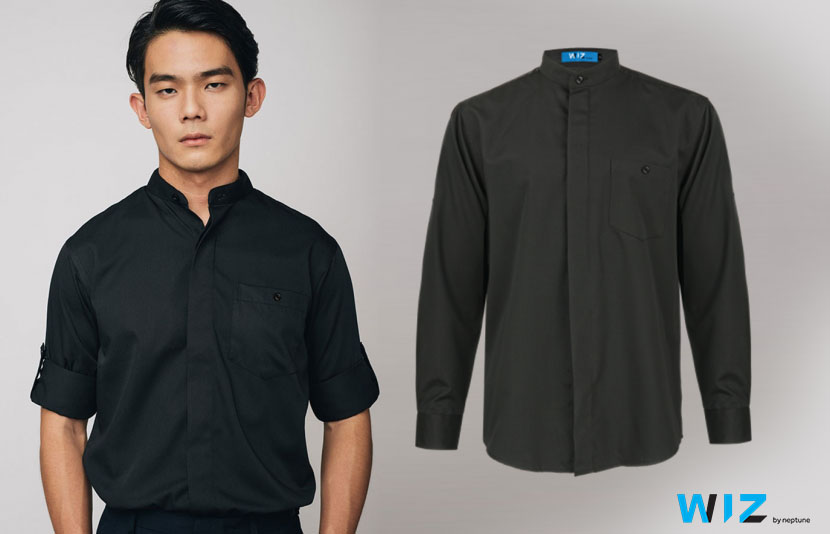
One of the most popular office dress codes around the world is business casual as it maintains professionalism while adding personality.
Coloured shirts and conservative patterns such as stripes and checks are considered acceptable, giving companies more freedom in choosing work uniforms that are completely in line with the brand image and yet still dressy enough to steer away from dull-looking workwear. However, take note to avoid bright colours and loud patterns to prevent looking overly casual.
4. Casual
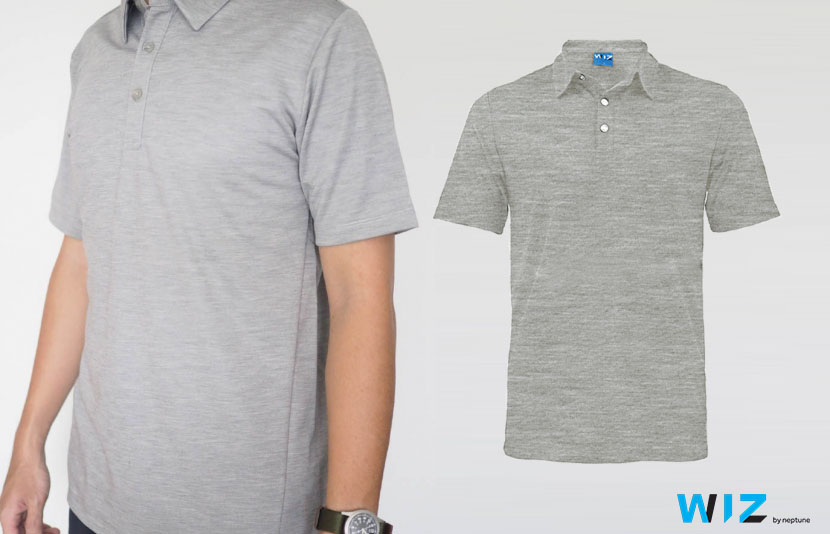
If your business does not require employees to be in button-up shirts and suits, then casual is the way to go. Collared polo shirts and casual slacks are perfect for informal settings and will help to make your employees look more approachable. Brighter colours are generally permitted as well in this case, so this will be good for companies who wish to incorporate their brand colour.
More comfortable and breathable fabrics are also typically used in casual custom-made workwear, such as cotton and polyester, so you can rest assured that your employees will look forward to putting them on every day.
With a deeper understanding of the different dress codes, your company can now go ahead and choose work uniforms that will perfectly emulate the brand’s image while also being suitable for each employee’s job scope.